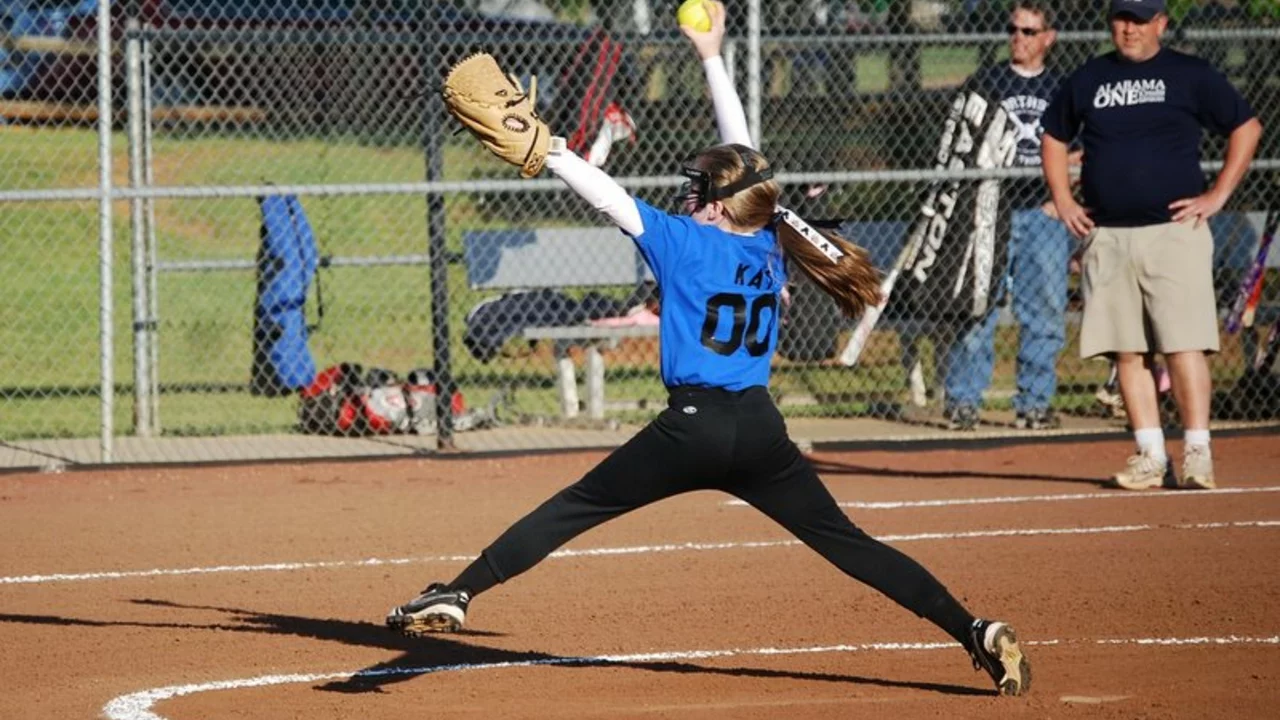Understanding the Importance of a Strong Throwing Arm
As a softball player, one of the most important assets that I've come to appreciate is the strength of my throwing arm. It doesn't just apply to outfielders or pitchers alone; every player on the field benefits from having a strong throwing arm. It increases your accuracy, allows for faster throws, and can significantly improve your overall performance. It's also essential in preventing injuries. But, strengthening your throwing arm requires more than just throwing a ball around. It involves specific exercises, correct throwing techniques, and a whole lot of dedication.
The Basics of Throwing Mechanics
In my early days of playing softball, I realized that throwing isn't just about the arm. It's a whole-body movement, involving your legs, core, and upper body. Understanding the mechanics of throwing can help you throw harder, faster, and with more accuracy. The process starts from the ground up, with your legs generating power, your core rotating to transfer that power, and your arm delivering the ball. This section will break down the steps of a good throw and how you can start to improve your motion.
Importance of a Proper Warm-Up
Before I start any training or game, I always ensure that I warm up properly. A good warm-up prepares your body for the vigorous activities to come, increases your heart rate, and improves your blood circulation. It also loosens your muscles and increases your body temperature, reducing the risk of injury. I'll share some effective warm-up exercises that you can incorporate into your routine.
Strength Training for a Powerful Throw
It's no secret that strength training plays a significant role in enhancing throwing power. But, it's not just about lifting weights aimlessly. You need to focus on specific muscles that contribute to a powerful throw. I'll guide you through some exercises that target these muscles, including the rotator cuff muscles, deltoids, triceps, and others. Remember, consistency is key in strength training.
Flexibility and Mobility Exercises
Although strength is important, flexibility and mobility should not be neglected. These two elements allow for a full range of motion and efficient movement. In my experience, a flexible and mobile athlete is less likely to be injured. In this section, I will share some of the flexibility and mobility exercises that have helped me over the years.
Incorporating Plyometric Exercises
Plyometric exercises, also referred to as jump training or plyos, are exercises in which muscles exert maximum force in short intervals of time. These exercises aim to increase power (speed-strength). I have found plyometric exercises to be very effective in improving my throwing speed and power. I'll share some of the best plyometric exercises for strengthening your throwing arm.
Nutrition and Rest
A key part of strengthening your throwing arm that often gets overlooked is the role of nutrition and rest. Your body needs fuel to perform at its best, and it also needs time to recover and rebuild after intense workouts. I will share my insights into what types of food can support your training and why getting enough rest is just as important as the exercises you do.
Preventing and Dealing with Injuries
Despite our best efforts, injuries can and do occur. Knowing how to prevent them and deal with them when they happen is crucial. I'll share some tips on injury prevention, including proper throwing techniques and knowing when to rest. Also, I will talk about some common throwing injuries and how to handle them.
